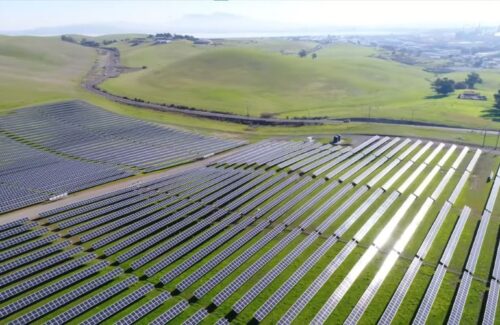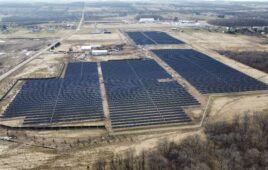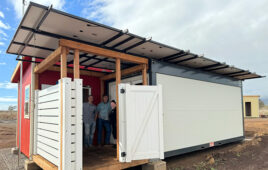 Renewable Properties announced it has signed PPAs for five projects with PG&E that will bring the benefits of clean solar energy to California households that can’t install solar onsite.
Renewable Properties announced it has signed PPAs for five projects with PG&E that will bring the benefits of clean solar energy to California households that can’t install solar onsite.
Totaling nearly 30 MW, the five solar projects are part of California’s Disadvantaged Communities (DAC) and Community Solar Green Tariff (CS-GT) programs enacted by Assembly Bill 327 in 2013. CS-GT, branded as “Local Green Saver” by PG&E, is designed to promote the installation of community solar projects in disadvantaged communities, as defined by CalEnviroScreen. Eligible residents who subscribe will benefit from 100% off-site solar power and receive a 20% bill credit on their PG&E bill.
“Through these Green Tariff projects, Renewable Properties is bringing solar energy to communities that have historically been left out of the clean energy transition, while being disproportionately affected by pollution and climate change,” said Brian von Moos, chief development officer of Renewable Properties. “The projects will allow low-income families to save on their electricity bills, even if they can’t put solar on their own roof.”
The five projects will fulfill the remaining capacity of PG&E’s Disadvantaged Communities Green Tariff program. Energy storage could potentially be added to the projects in the future.
The first three projects, East Cleveland Solar and Avenue 26 Solar Phase I and Phase II, will commence construction in early spring of 2023 and are expected to be completed by the end of 2023. The East Cleveland Solar project will be built in Merced County, and Avenue 26 Solar Phase I and II will be built in Madera County.
Commencing construction in late December 2023, the 7-MW Althea Avenue Solar project will be in Fresno County. The project is expected to be completed by September 2024.
Renewable Properties will also build the Canyon Road Solar project in Merced County, California, scheduled to commence construction in March of 2024 and be completed by the end of the year.
California is set to further expand community solar in the state with a program that is currently being developed by the California Public Utilities Commission (CPUC), following the passage last year of Assembly B 2316, the Community Renewable Energy Act. The new law includes requirements that 51% of the program serves low-income customers and incentivizes incorporating energy storage with community solar projects.
News item from Renewable Properties





“CS-GT, branded as “Local Green Saver” by PG&E, is designed to promote the installation of community solar projects in disadvantaged communities, as defined by CalEnviroScreen. Eligible residents who subscribe will benefit from 100% off-site solar power and receive a 20% bill credit on their PG&E bill.”
This all depends on just “how” the recent NEM 3.0 is interpreted to apply to this “community” solar PV project. There is no free lunch and past PPAs signed by utilities are often “proprietary” in allowing the public to know the specifics of the long term energy “pricing”. Say the LMI community gets a (20%) break on energy costs. In California the (average) monthly electric bill is right around $0.25/kWh, after this project affords these folks 20% it will still be on average $0.20/kWh. A white paper written for the CPUC a few years back stated, the average cost of electricity in California could well become $0.35/kWh somewhere between 2025 and 2030. So, 20% of $0.35/kWh still leaves on average $0.28/kWh. Bottom line LMI communities need a large amount of utility ESS to offset onerous TOU rate spiking periods for roughly 5 hours a day to make a noticeable difference on those communities electric bills.